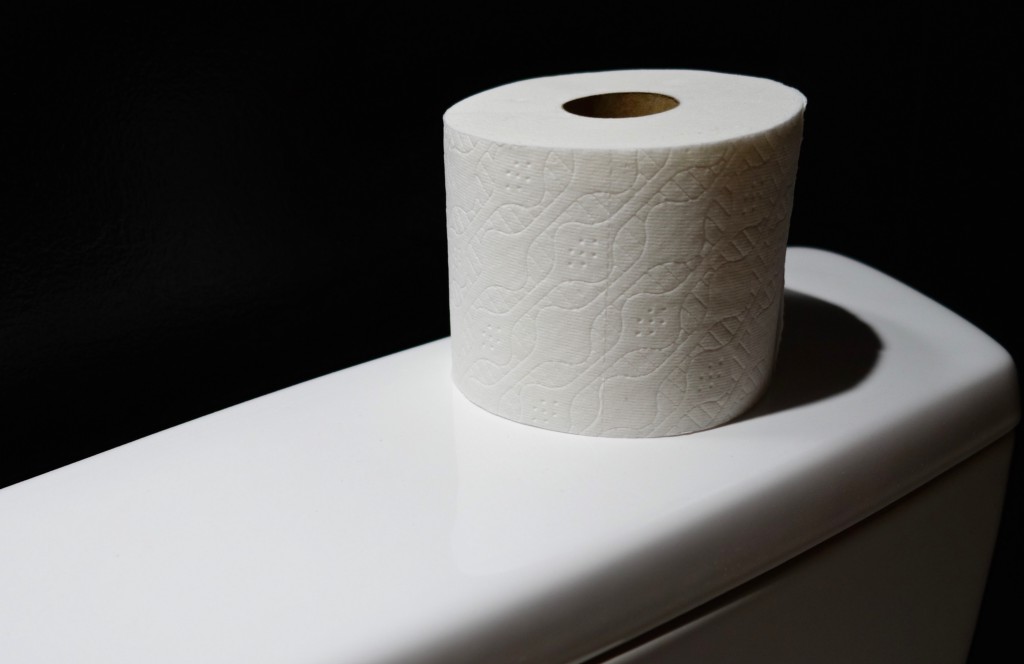How Liquidity Affects Toilet Paper
If you can’t afford to buy in bulk, you’re literally flushing money down the toilet.

Let’s talk about how liquidity affects toilet paper.
The Atlantic writes about a new study from University of Michigan researchers A. Yesim Orhun and Mike Palazzolo titled Frugality Is Hard to Afford. Orhun and Palazzolo analyzed toilet paper, proving that high-income households make large, bulky toilet paper purchases—while low-income households need to go much more often.
The Privilege of Buying 36 Rolls of Toilet Paper at Once
They found that high-income households (those making $100,000 or more a year) bought their toilet paper on sale 39 percent of the time, whereas low-income households (those making $20,000 or less a year) only did so 28 percent of the time. High-income households were also more likely to buy more rolls of toilet paper at a time, which meant not only that they were saving money on each roll, but that they didn’t have to make as many trips to the store. “Low income households,” Orhun and Palazzolo write, “are less likely to utilize these strategies even though they have greater incentives to do so.”
I am well aware that I lose money by not buying in bulk; I buy my toilet paper in packs of four because my grocery trips are limited to how much I can physically carry. Yes, I could get a collapsible “granny cart,” but even then you’re not going to fit much more than a 12-pack in there. You’re also not going to fit more than 12 rolls of toilet paper in my apartment at any one time, unless you want me to start stacking them in the living room.
So how much more do people who have difficulty with bulk movements end up paying?
Orhun and Palazzolo calculate that because low-income shoppers don’t take full advantage of sales and buying in bulk, they end up paying about 6 percent more per sheet of toilet paper than high-income households. At the same time, lower-income households seem to be compensating for this premium by buying cheaper brands — a trend working in the other direction, saving them about 9 percent per sheet, compared to high-income households. “Therefore,” Orhun and Palazzolo write, “about two-thirds of the savings low income households accrue through brand choice is forfeited by their relative inability to utilize intertemporal money-saving strategies.”
It’s a little hard to ply out, from those numbers, whether low-income households pay more or less for toilet paper than high-income households; they might pay 6 percent more, but they also might pay 3 percent less if they’re willing to settle for a crappier brand.
The point is—as you might have already guessed—the privilege to go when you want, spend as much time as you need, and fill your bathroom with as much bulk as possible saves high-income households money.
The rest of us have to flush our cash down the toilet, one roll at a time.
Support The Billfold
The Billfold continues to exist thanks to support from our readers. Help us continue to do our work by making a monthly pledge on Patreon or a one-time-only contribution through PayPal.
Comments